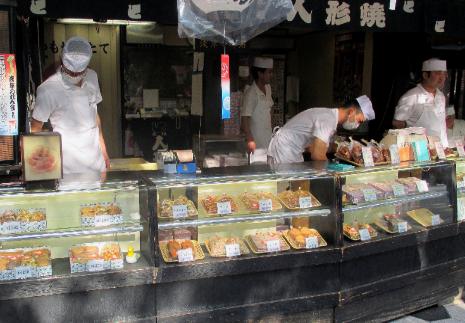
Where We Be
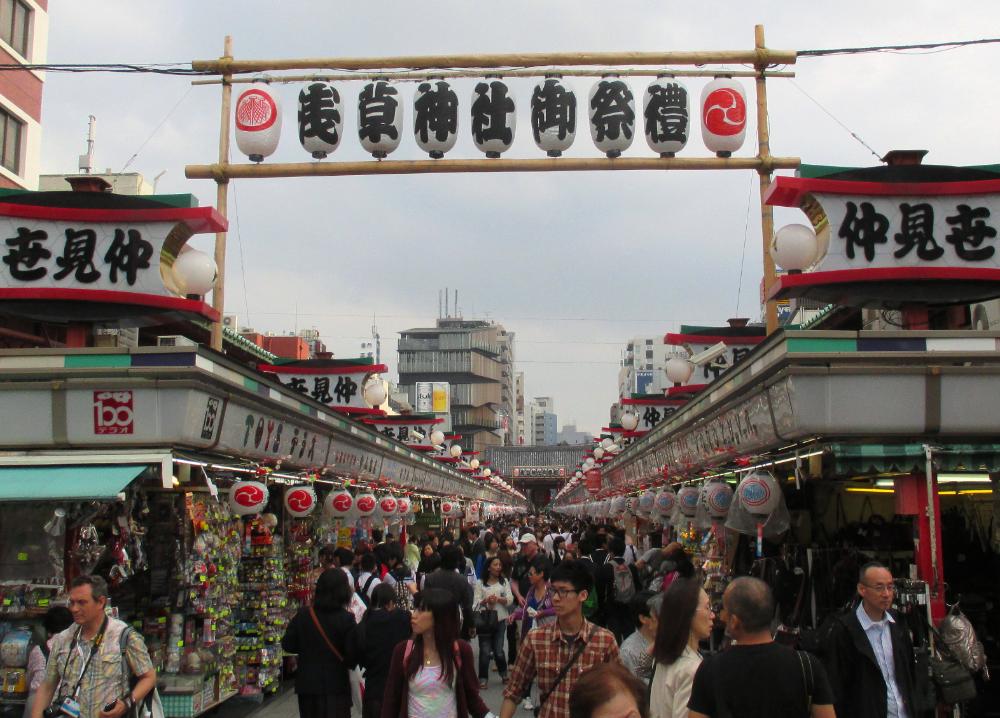
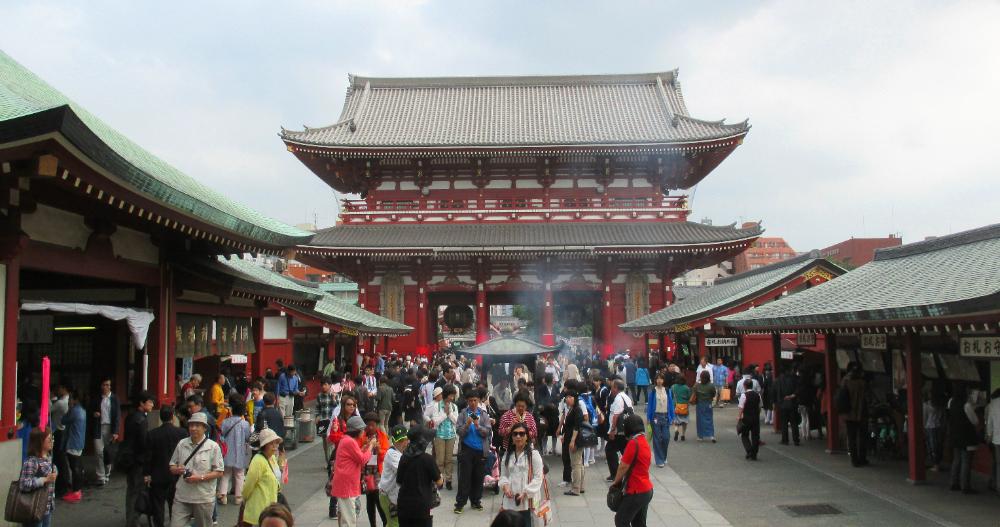
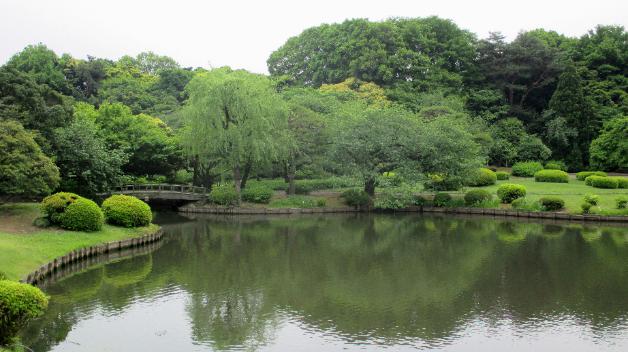
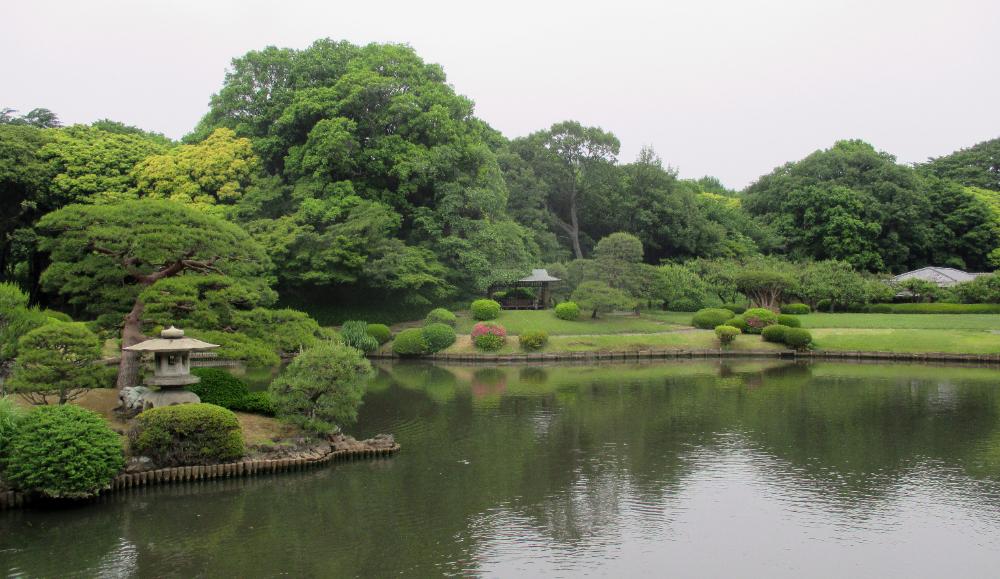
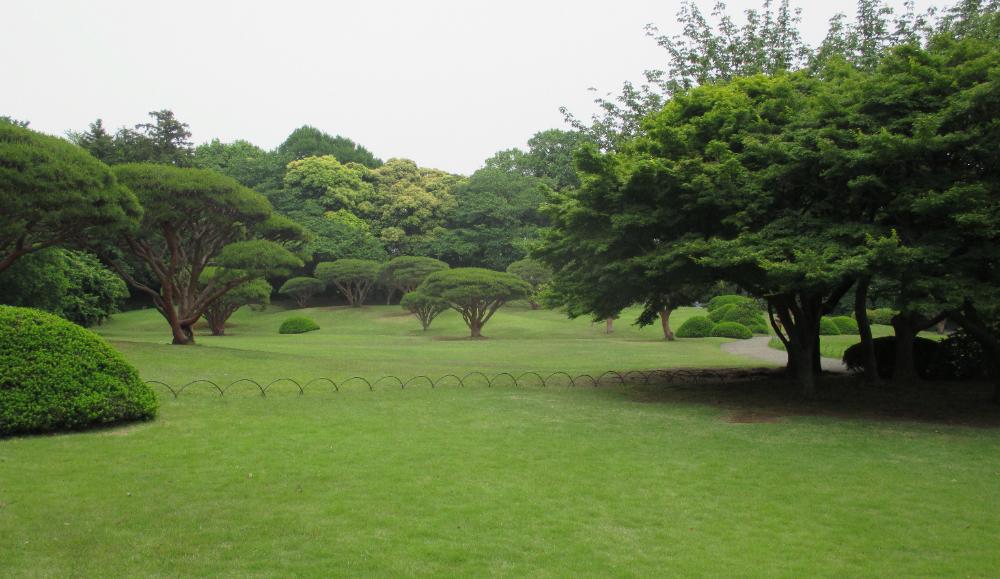
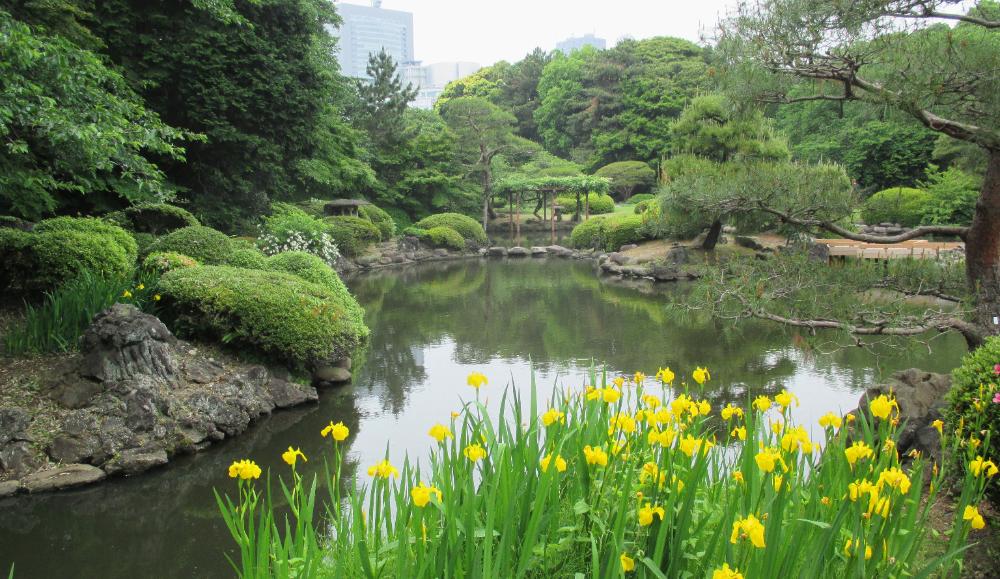
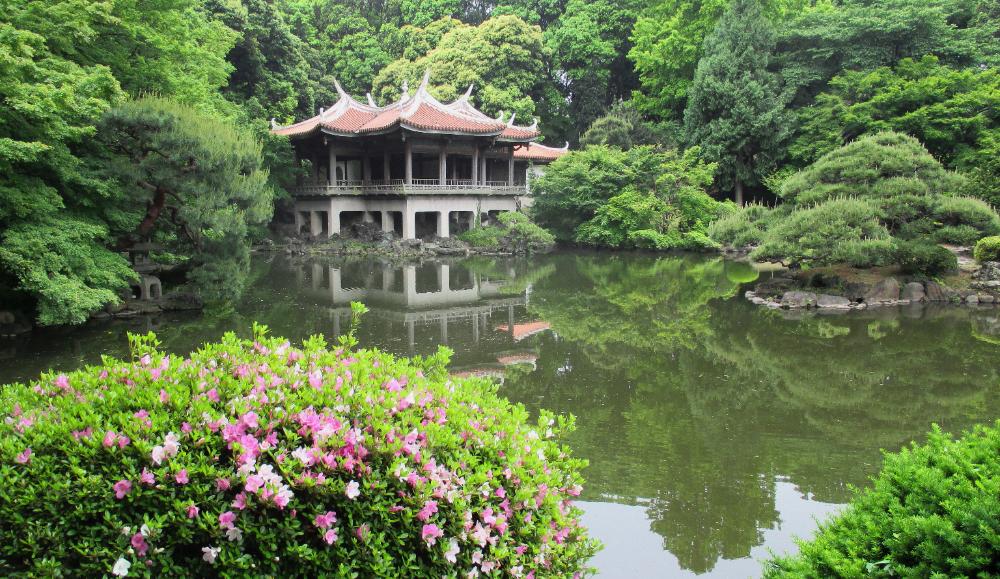
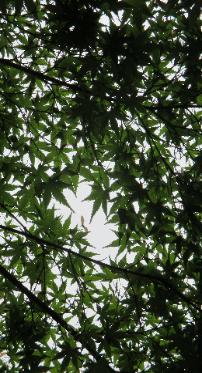
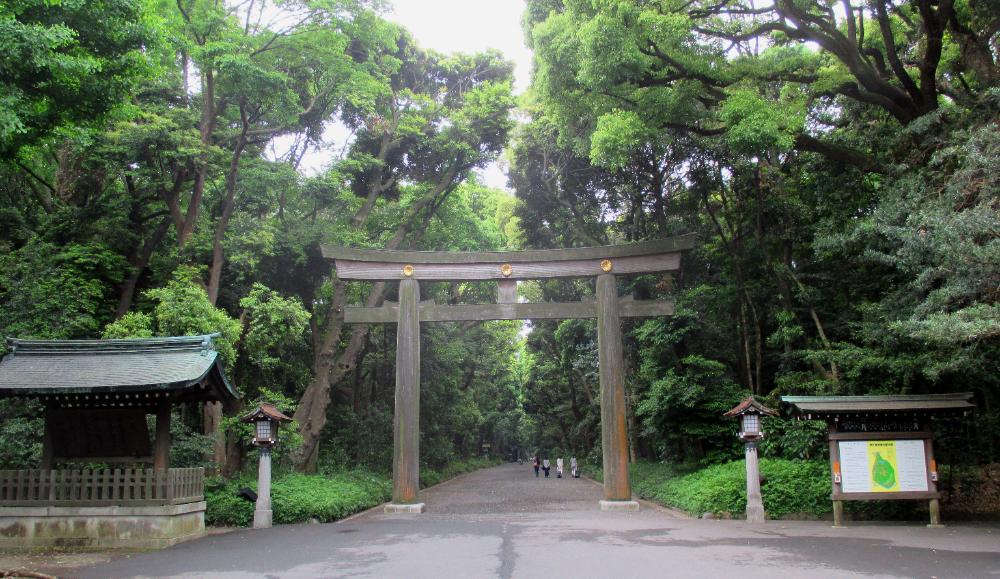
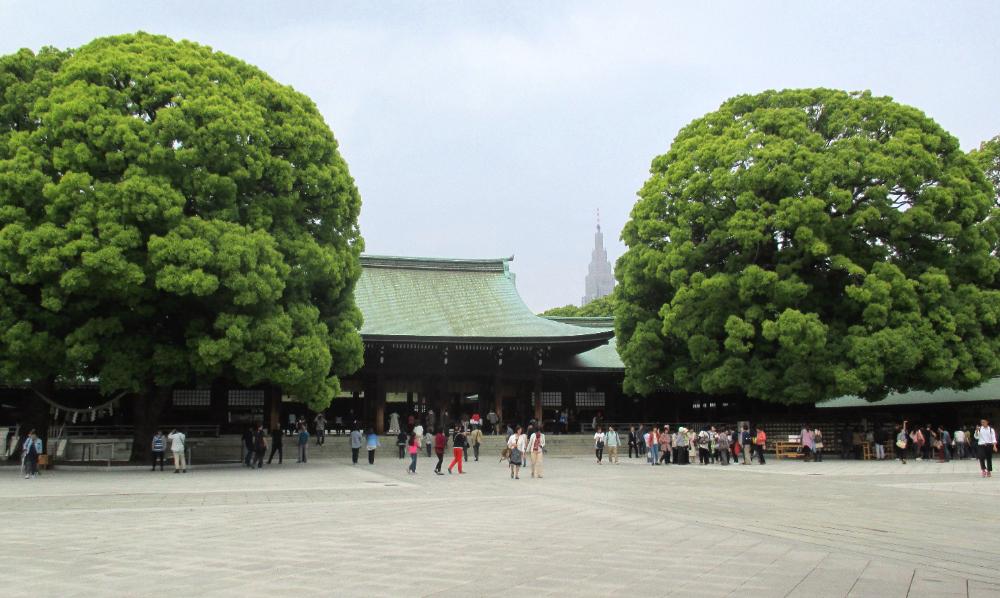
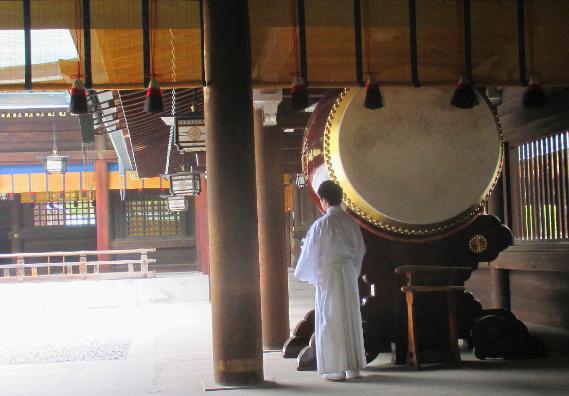
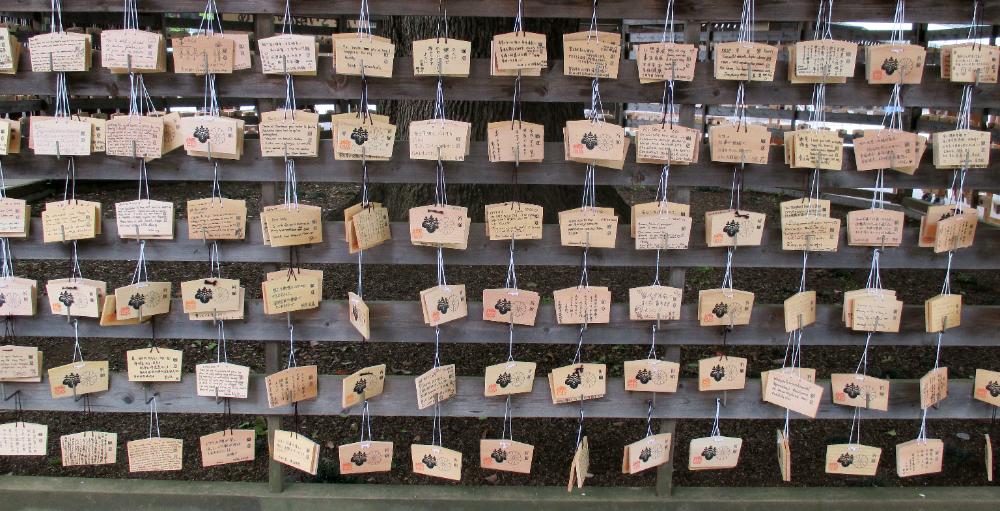
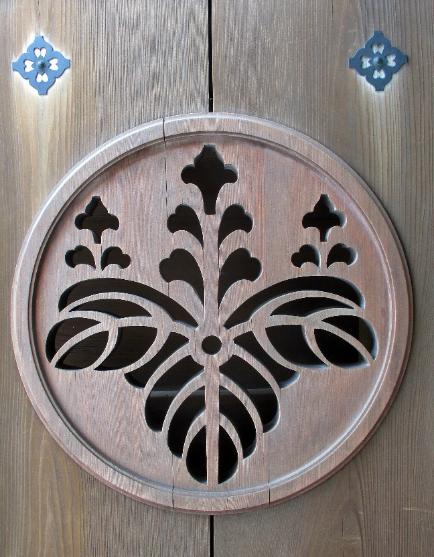
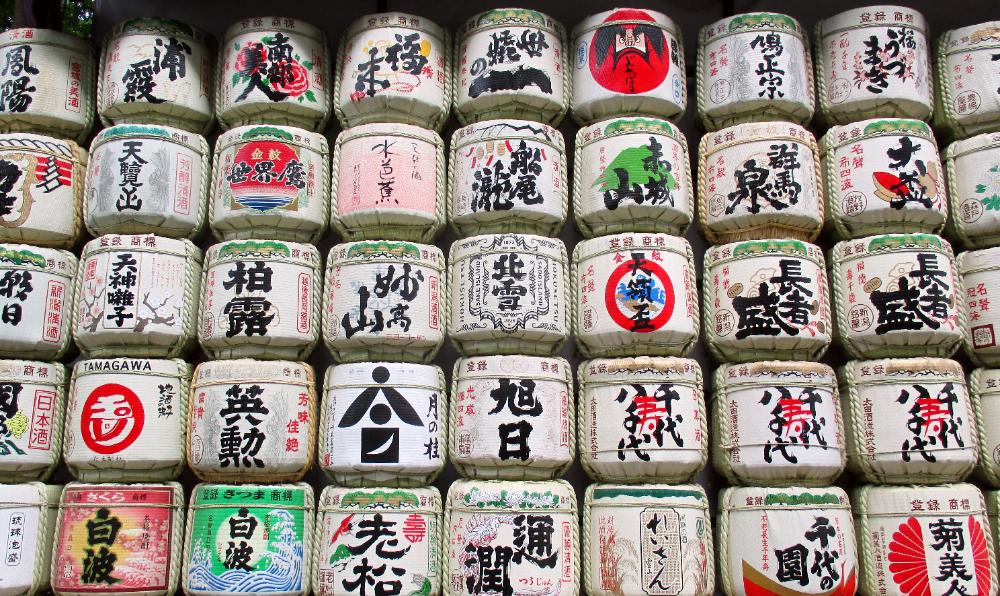
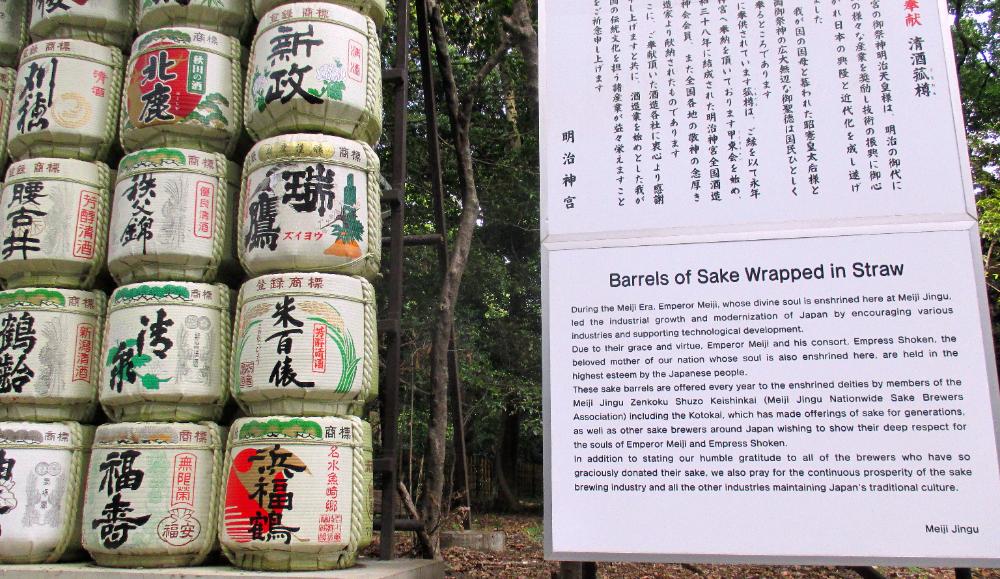
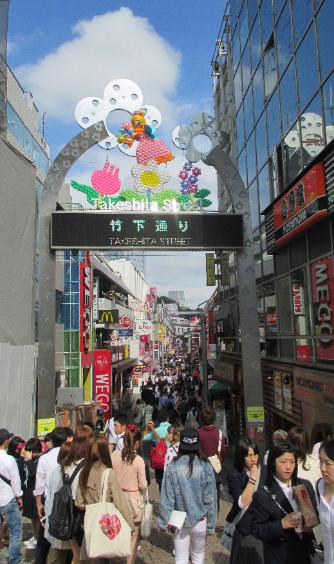
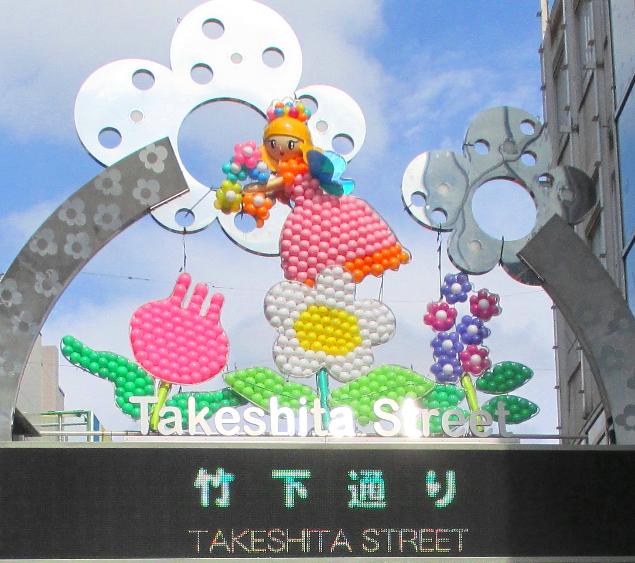
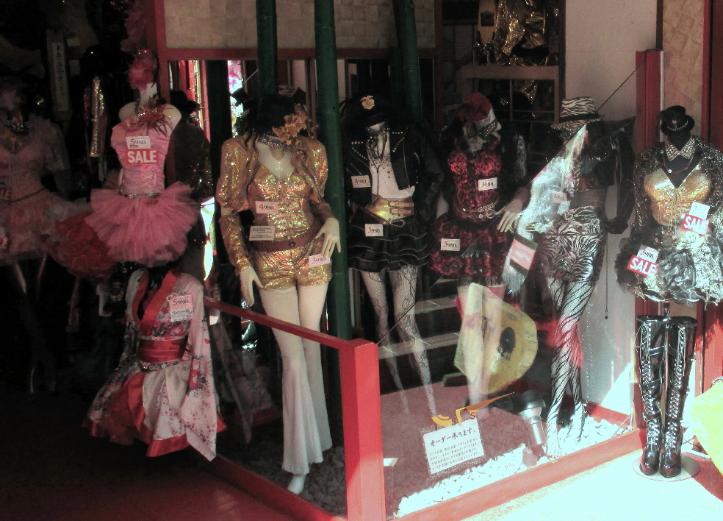
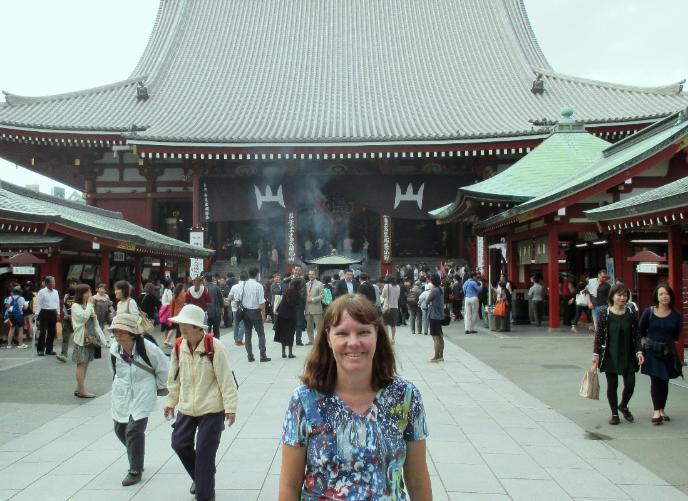
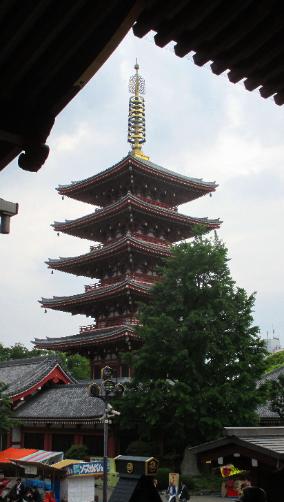
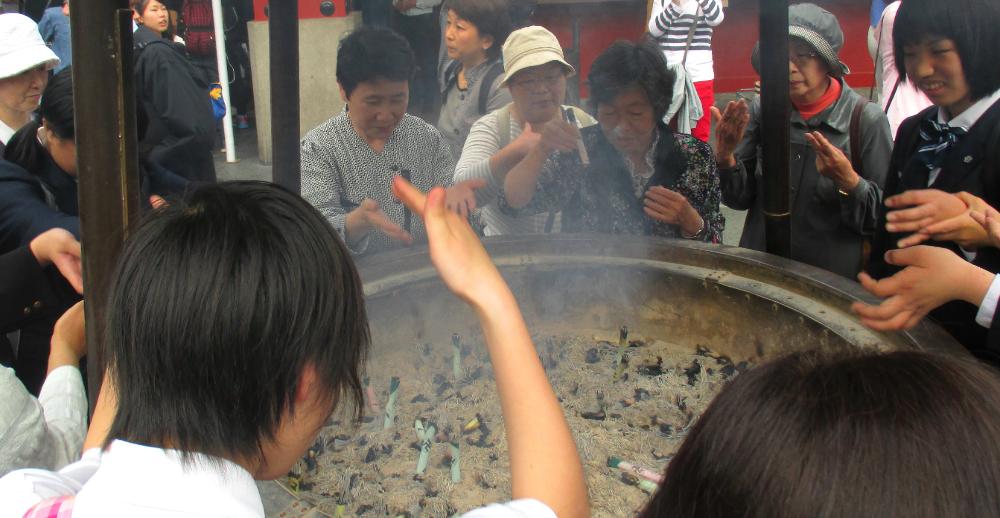
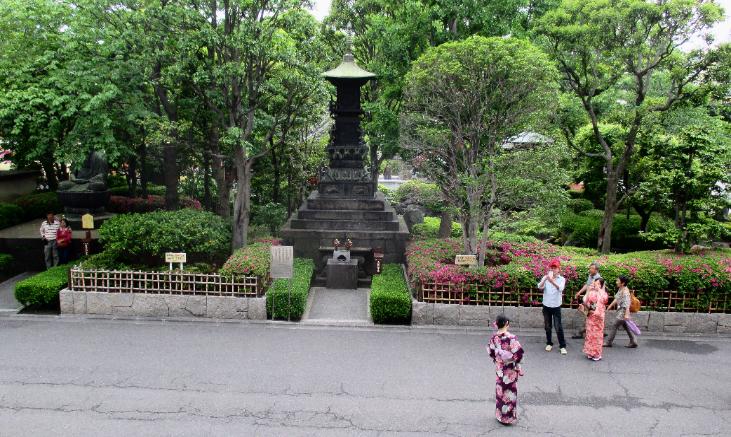
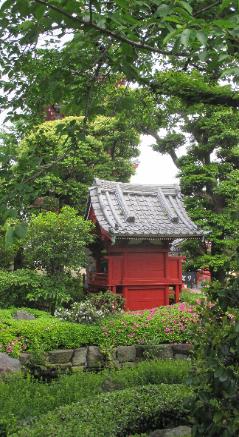
| Shinjuku Gyoen National Garden is listed as the #1 attraction in Tokyo, and for good reason: it's a delight |
| Tokyo Japan -- Key Sights (Day 2) |
| This seems to us like the Central Park of Tokyo: a green oasis of quiet in the midst of a teeming city |
| One of the prettiest areas is this traditional Japanese garden with pond, ceremonial urns, teahouse, and gorgeous landscaping |
| The park is filled with mature trees, manicured lawns, winding paths, distant skyscrapers, and enough space that bird calls far exceed motorized sounds |
| With a circumference of 3½ km, the park is big enough that it has several different areas to explore |
| We followed along a waterway to a series of connected ponds and streams, enjoying wonderful views – especially this shrine on the edge of a pond |
| We happened upon this rose garden at the height of the blooming season |
| From Shinjuku Gyoen we walked to Meiji Jingu. The people of Japan donated over 100,000 trees to plant in this park in honor of their beloved Emperor Meiji, making for an awesome oasis in the city. |
| At the heart of the park is the Shinto shrine itself, bracketed by two of the most symmetrical and enormous trees we’ve ever seen |
| A deep drum called us to a formal ceremony, where we watched two traditionally clad men paying their respects at the inner sanctuary. Check out those shoes! |
| We saw many "ema" hanging here -- small wooden plaques on which worshippers write their prayers or wishes |
| Ema up close -- including one with a smiling kitten. Common wishes include success in work or on exams, marital bliss, to have children, and good health. |
| We loved seeing these colorful barrels of sake wrapped in straw. Taken as a group, they become a work of art. |
| This gives some perspective on just how large the barrels are. They're offered every year to show the deep respect of the people for the emperor and empress. |
| We continued walking to the Harajuku area, where young teens are known to strut their stuff in the craziest outfits and latest styles -- especially on Takeshita Street |
| Fashion stores cater to a young crowd here, and teens are known for sometimes dressing up as their favorite anime characters. We mostly saw teens wearing cute outfits, like this girl with kitten leggings. |
| This narrow street is jam-packed with vendors selling every possible type of food and trinket imaginable |
| We headed all the way across the city by subway to the fashionable Asakusa district to the northeast. The highlight was walking along ultra-crowded Nakamise Dori street. |
| We were amazed at the crowds of people visiting, most of them Japanese. They washed their hands ceremonially at a fountain, threw coins into a grate as offerings, and took just as many photos as we did. |
| We enjoyed seeing their smiles as they wafted incense towards themselves from an incense burner |
| Nakamise Dori leads straight to Sensoji Temple, the oldest temple in Tokyo. Built in the mid 600s (and rebuilt after World War II), it has remained a center of culture and worship to this day. |
| Some Japanese dress up in their finest kimonos when visiting Sensoji Temple and the surrounding grounds |
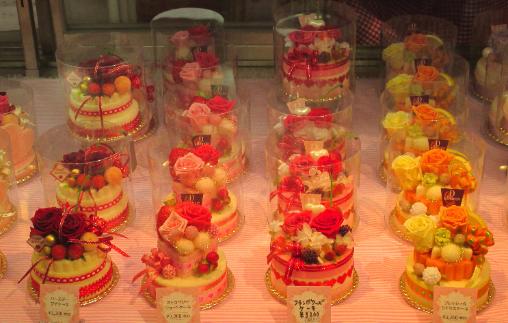
| ASAKUSA -- SENSOJI TEMPLE |
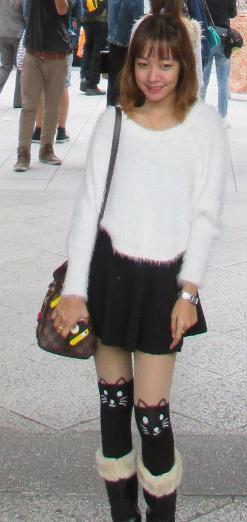
| HARAJUKU |
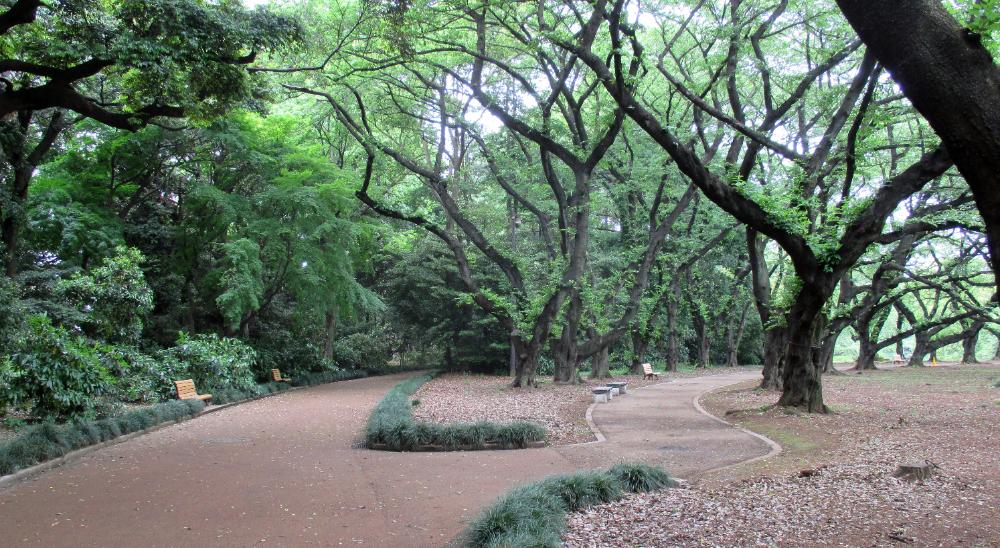
| MEIJI SHRINE |
| SHINJUKU GYOEN GARDEN |
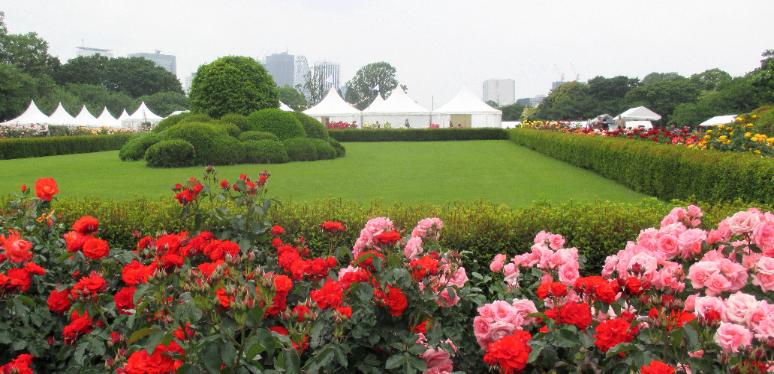
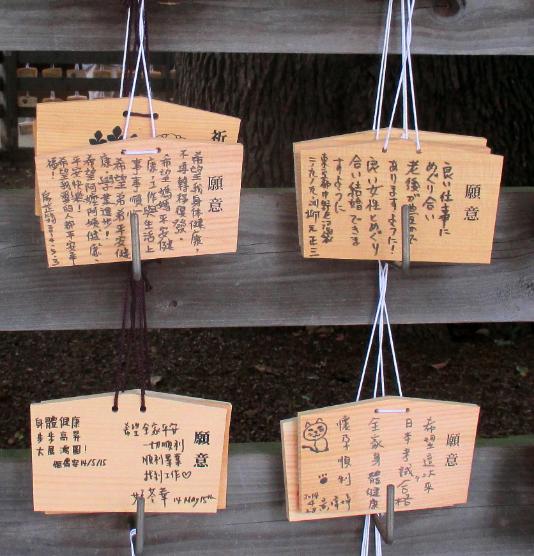
Our second day of sightseeing in downtown
Tokyo took in four main sights:
Shinjuku Gyoen Garden. This gorgeous garden
feels as central to Tokyo as Central Park does
to New York. Bird calls far exceed motors here.
If we lived in Tokyo we'd walk here every day.
No wonder this is listed as #1 on TripAdvisor.
Meiji Shrine. In the 1920s the people of Japan
donated over 100,000 trees to plant in this park
in honor of their beloved Emperor Meiji. At the
shrine we watched a formal Shinto ceremony.
Harejuku District. Young teens strut their stuff
here in the craziest outfits and latest styles.
Asakusa. Nakamise Dori is a narrow street
jam-packed with vendors selling every kind of
food and trinket imaginable. The street leads
straight to Sensoji Temple, the oldest in Tokyo.
Tokyo took in four main sights:
Shinjuku Gyoen Garden. This gorgeous garden
feels as central to Tokyo as Central Park does
to New York. Bird calls far exceed motors here.
If we lived in Tokyo we'd walk here every day.
No wonder this is listed as #1 on TripAdvisor.
Meiji Shrine. In the 1920s the people of Japan
donated over 100,000 trees to plant in this park
in honor of their beloved Emperor Meiji. At the
shrine we watched a formal Shinto ceremony.
Harejuku District. Young teens strut their stuff
here in the craziest outfits and latest styles.
Asakusa. Nakamise Dori is a narrow street
jam-packed with vendors selling every kind of
food and trinket imaginable. The street leads
straight to Sensoji Temple, the oldest in Tokyo.
| Lovely Japanese maples |
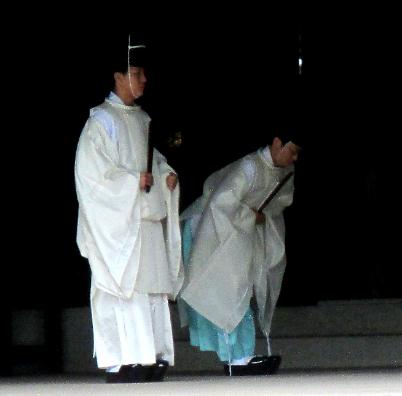
| One of our favorite things about Japan is the quiet attention to and appreciation of detail |
